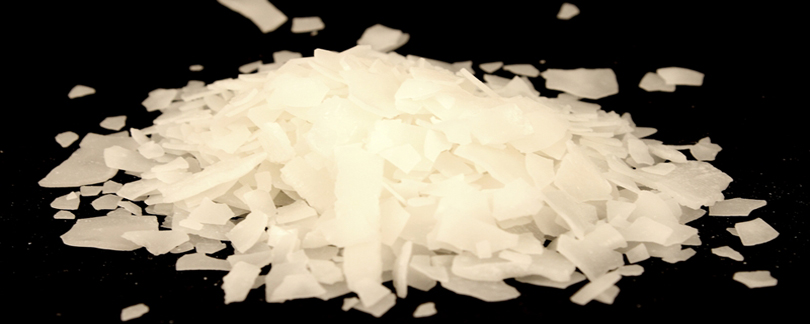Cyanuric acid is a chlorine stabilizer for swimming pools. It is usually referred to as “stabilizer”. It should not be confused with muriatic acid which is often used to adjust the pH.
Cyanuric acid combines with free chlorine in pool water, protecting it from the sun’s ultraviolet rays and reducing chlorine loss. Properly managed, cyanuric acid can reduce the amount of chlorine needed to maintain the minimum chlorine residual in an outdoor pool. Many chemical suppliers recommend that the optimal range for cyanuric acid is 30-50 ppm, although a study published by the University at California at Davis1 , indicates that there is still significant savings in chemical costs with cyanuric acid levels as low as 2 or 3 ppm.
Lowering the hypochlorous acid concentration can have a significant impact on the rates of any reaction for which hypochlorous acid is involved in a rate limiting step. Specifically disinfection and oxidation of contaminants can be slowed by the lowered hypochlorous acid concentration.Generally speaking, the rate of disinfection or the rate of oxidation of a contaminant in the water by hypochlorous acid could be described by the following equation:
–dN/dt = k [HOCl]a N
in which:
N represents a microbial concentration (such as deduced by a plate count) of the microbe to be killed or the concentration of the oxidizable species (such as various organic compounds, breakpoint susceptible chloramines, sulfide, or nitrite) to be destroyed;
–dN/dt represents the rate of loss of the microbe or oxidizable material;
k represents a rate constant; a is a positive real number that is specific to the type of reaction involved; and
[HOCl] represents the hypochlorous acid concentration.
Future & Benefit :
- Stabilizes chlorine to help prevent degradation of active chlorine by sunlight
- Also commonly known as “stabilizer” or “conditioner”
- May be added to the pool as CYA, sodium salt of cyanuric acid, or as the chlorinated forms of cyanuric acid, sodium dichloro-s-triazinetrione (dichlor) and trichloro-striazinetrione (trichlor)
- The effect of cyanuric acid on slowing the oxidation of organics, kill rates of bacteria, viruses, and algae has been demonstrated, primarily in laboratory studies. However, disease outbreaks linked to cyanuric levels in properly sanitized pools have not been reported.
- Cyanuric acid does not stabilize bromine sanitizers
- Cyanuric acid contributes to total alkalinity (See Alkalinity Information Bulletin)
PRECAUTIONS
In order to safely use and handle cyanuric acid products, all individuals involved in their manufacture, distribution, sale, or use should be trained and knowledgeable about their properties. Safety information is available on the product label, product MSDS (Material Safety Data Sheet), and manufacturer’s training materials. This safety information will include disposal instructions, instructions on disposal of the package, and spill response information.
For safety and handling information for stabilized chlorine compounds, refer to manufacturer’s labels and appropriate Information Bulletins. Cyanuric acid is stable when stored in a cool, dry, ventilated area and not contaminated by other chemicals such as bases or chlorinated pool chemicals. Cyanuric acid, dichloro-s-triazinetione and trichloro-striazinetrione, in the solid form or in concentrated solutions, shall not be mixed with other pool chemicals including other chlorinating agents. Partially empty packages must not be consolidated, as this could result in dangerous mixing with incompatible dry chlorinating agents having a similar appearance.





